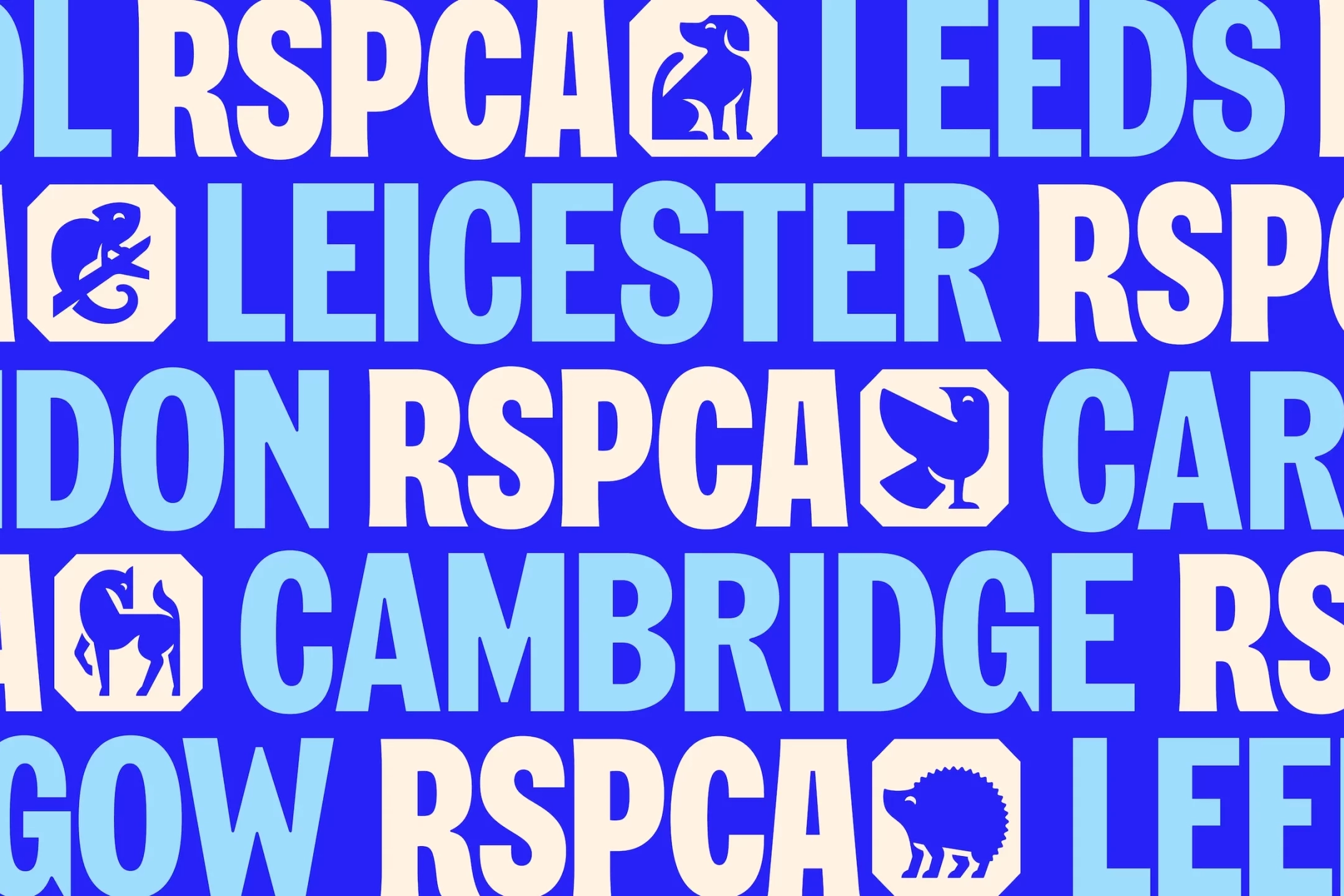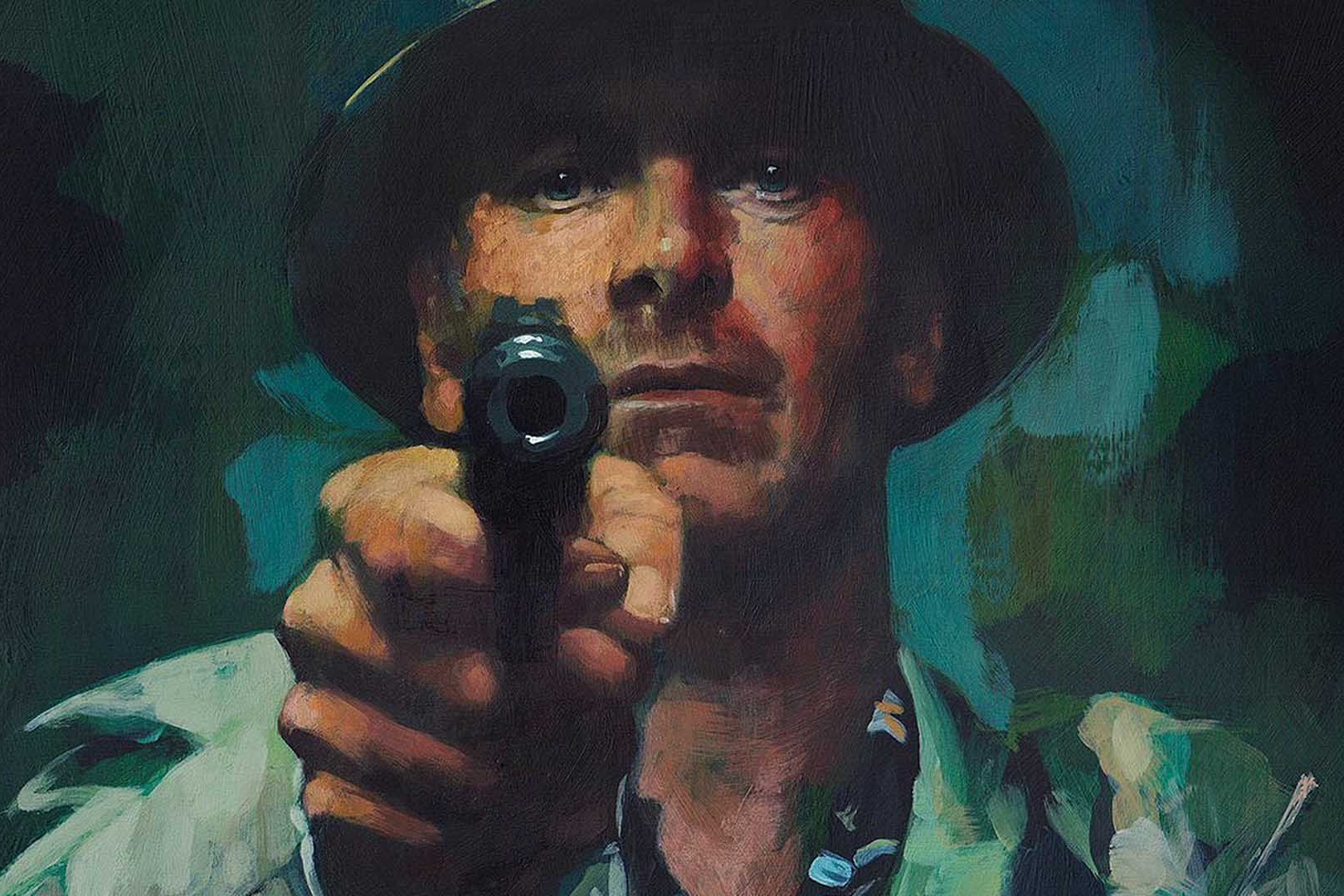The graphic design industry is undergoing significant changes, driven by the increasing use of technology. One of the most exciting and rapidly developing technologies in this field is artificial intelligence (AI). AI has the potential to transform the way we approach design, making it faster, more efficient, and more accessible to people with diverse skill sets.
AI algorithms can analyze data about a project, such as the target audience, branding guidelines, and design trends, and generate multiple design options. This process not only saves time but can also provide designers with fresh ideas and inspiration. It can also help designers make data-driven decisions, ensuring that their designs are more effective and impactful.
One of the most significant impacts of AI on the graphic design industry is the automation of routine tasks. Designers often spend a significant amount of time on tasks such as image editing, layout design, and color selection. With AI, these tasks can be automated, allowing designers to focus on more creative and challenging aspects of their work. This can increase productivity and save time, allowing designers to take on more projects and deliver them more quickly. When we think of AI generated imagery and artwork, one system is currently at the forefront of the revolution and its name is DALL-E 2.
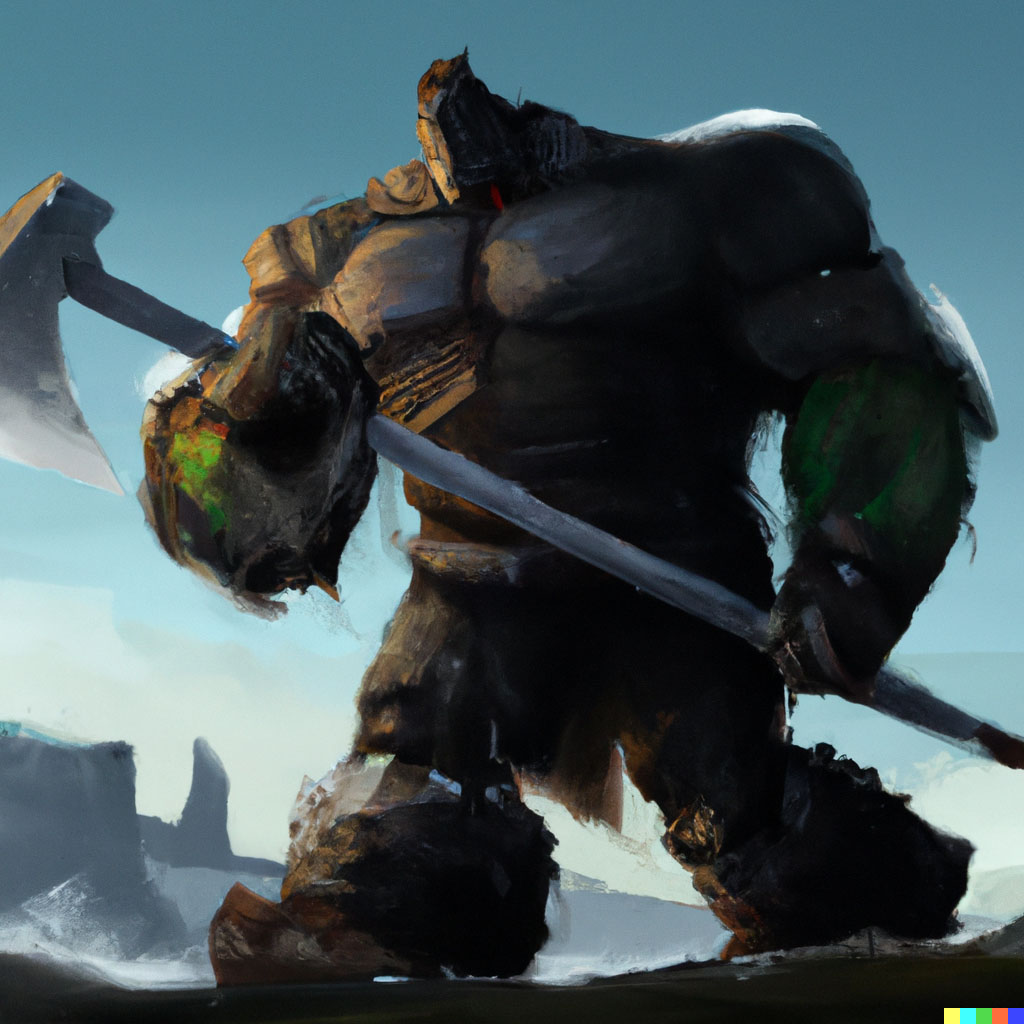
An Introduction to DALL-E 2
DALL-E 2 is an AI-powered image generation system developed by OpenAI that can create high-quality images from textual descriptions in mere seconds. This technology has the potential to revolutionize the graphic design industry by making it faster, more efficient, and more accessible to a broader range of designers.
With DALL-E 2, designers no longer have to spend hours creating images from scratch. Instead, they can simply provide a written description of what they need, and the AI system will generate an image that meets their specifications. This can significantly speed up the design process, allowing designers to focus on more complex and creative aspects of their work.
DALL-E 2 can also help designers to create custom images for clients, even if they don’t have the skills to create those images themselves. This can increase the accessibility of graphic design services to clients who may not have the budget for expensive custom design work or who may be looking for a more cost-effective solution.

In addition to these benefits, DALL-E 2 can also help designers to experiment with different styles, materials, and colors. By generating a range of images based on a single description, designers can easily compare and contrast different design options and choose the one that best fits their vision. This can help to streamline the design process and ensure that designers are creating work that is both high-quality and aligned with their clients’ needs.
One of the most significant impacts that DALL-E 2 could have on the graphic design industry is its potential to democratize design. With AI-powered design tools, more people than ever before can create high-quality images without the need for formal design training. This could help to create a more diverse range of designers and design styles, as well as make design services more accessible to everyone.

An Uneasy Alliance?
However, it’s important to note that DALL-E 2 is not a replacement for human designers. While the AI system can generate high-quality images quickly and efficiently, it cannot replace the creativity, intuition, and artistic judgment of a human designer. DALL-E 2 is best used as a tool to augment the skills of human designers, rather than replace them altogether.
AI has the potential to democratize the design industry by making design tools and skills more accessible to people who do not have formal design training. Design software with AI capabilities can help non-designers create professional-looking designs by providing suggestions for layouts, color schemes, and typography. This can be particularly useful for small business owners, entrepreneurs, and other individuals who may not have the resources to hire a professional designer.
However, there are also concerns about the impact of AI on the industry. Some designers worry that AI-generated designs may lack the creativity and personal touch that human designers bring to their work. Others fear that AI could eventually replace human designers altogether, leading to widespread job losses in the industry. This is a valid concern, but it is also important to recognize that AI is not a replacement for human creativity. AI is a tool that can be used by designers to enhance their work and improve their productivity, rather than a substitute for human designers.
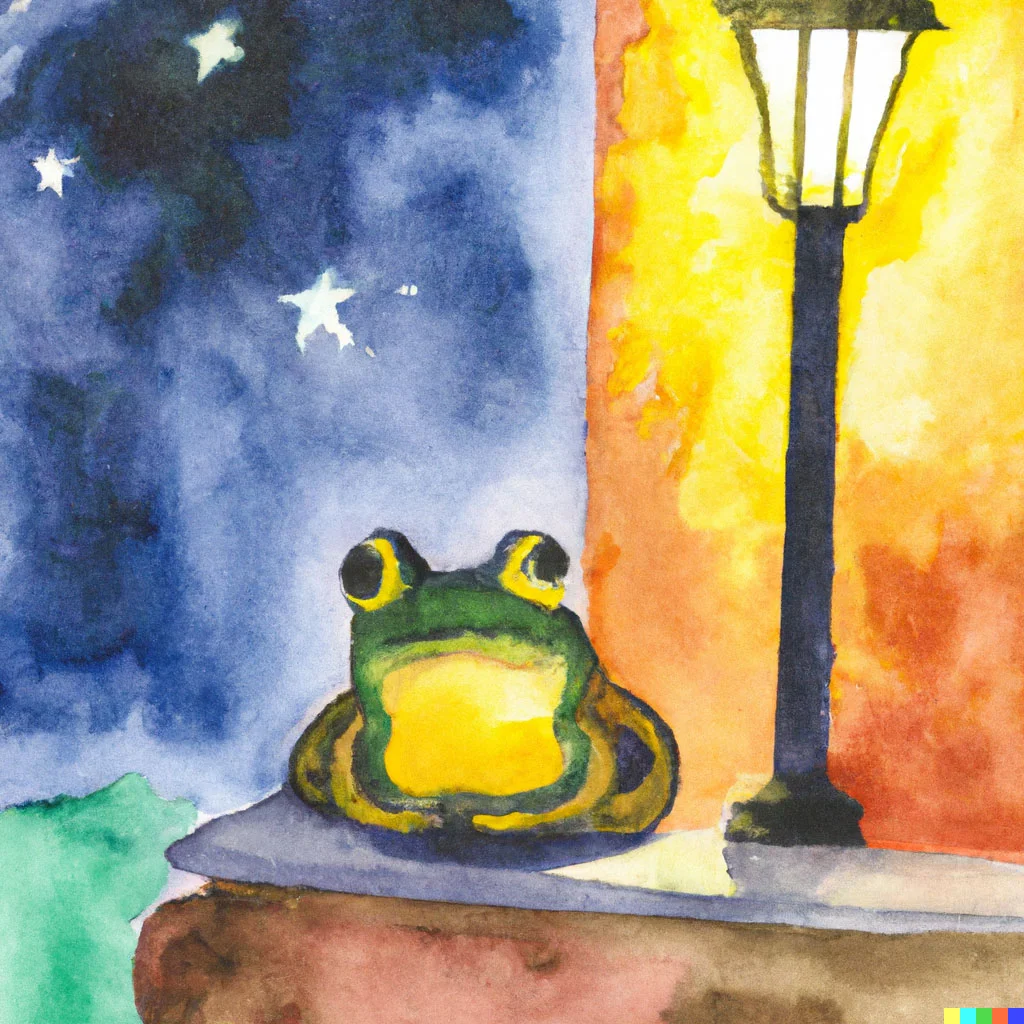
Despite these concerns, it is clear that AI will play a significant role in the future of the graphic design industry. As the technology continues to develop, designers will need to adapt and embrace its potential. By working alongside AI, designers can leverage its capabilities to create more innovative, efficient, and effective designs. They can also focus on the more creative aspects of design, such as concept development, storytelling, and branding.
However, it is also essential to recognize that AI is not a one-size-fits-all solution. It is not a replacement for human creativity, and designers will still need to bring their unique perspective and creative vision to their work. AI-generated designs can be a starting point, but they still require human input to be refined and brought to life. Designers must also ensure that their use of AI is ethical and responsible, ensuring that their designs do not perpetuate bias, discrimination, or other harmful practices.
Plot Twist
Now, here comes the plot twist. As you read this article, you may have assumed that it was written by a human author. But, in fact, it was written by AI. Yes, that’s right. This entire article was generated by an AI language model, similar to GPT-3, using the following simple command – ‘Write an article about what AI means for the future of the graphic design industry and how it will impact it. Explain what DALL-E 2 is and include a plot twist at the end, mentioning that the article was written by AI.’
The language model was trained on vast amounts of data to produce human-like language. This demonstrates just how far AI technology has come, and how it can be used to generate high-quality content in a range of fields, including graphic design.
As AI continues to develop, it is possible that it will eventually be able to write articles and content with the same level of quality and insight as human writers. This raises interesting questions about the future of the writing and publishing industry, as well as the potential for AI to revolutionize other creative fields beyond graphic design. However, it is also important to recognize the value of human creativity and the unique perspective that it brings to our work. The relationship between AI and human designers should be one of collaboration and mutual enhancement, rather than competition or replacement.
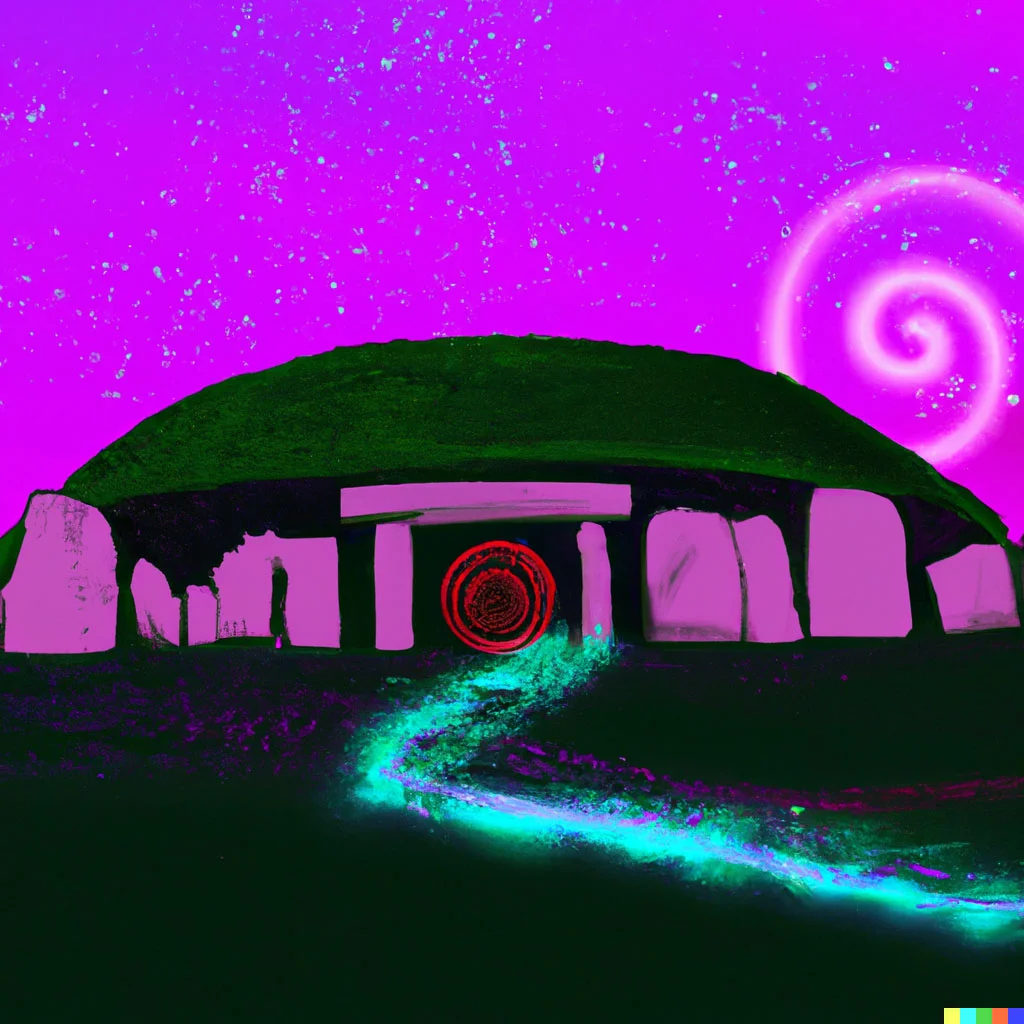
Related Posts
30th April 2024
Brand Watch: The RSPCA Gets a Complete Rebrand for the First Time in 50 Years
Fresh off the shelves is a complete…
24th June 2023
Iconic Brands: The Timeless Legacy of British Rail
Step onto the platform of any railway…
7th May 2022
Appreciating a Brilliant Piece of Advertising by the Norwegian Seafood Council
From time to time, you come across…
